VIDEO: How to Kill Weeds in Your Lawn: Pro Tips for Central & Southern Maryland
Of all the things that can be problematic to Central and Southern Maryland lawns, weeds have got to be the worst.
A weed shows up in your lawn almost without warning as enemy No. 1. It can be tall and spiny and strange-looking, so it naturally stands out in the wrong way. And, what’s worse, many weeds travel in clumps with their friends so they seem to almost double and triple overnight. In fact, thousands of weed seeds can survive in the soil for years before they germinate and grow.
While anyone can handle a little problem here or there, weeds are instantly repulsive. And your first thought is always, “How Can I Kill These Weeds in My Lawn!?”
However, every weed is unique and some are best controlled before they emerge, while others are best controlled after. And yet others will stay at bay if you focus on boosting the lawn’s overall health. Plus, there are new products coming out all the time that can help with the troublesome weeds that do break through.
Use This Lawn Weed ID Tool to Spot Weeds in Your Lawn
And that’s where these pro tips will come in most handy when it comes to getting rid of weeds in your lawn.
Get Rid of Weeds: Know What Kind of Weed You’re Dealing With
Weeds are advantageous. They like to pop up whenever they get the chance. You don’t want those weeds emerging throughout the growing season, taking away from the overall beauty and enjoyment of your lawn.
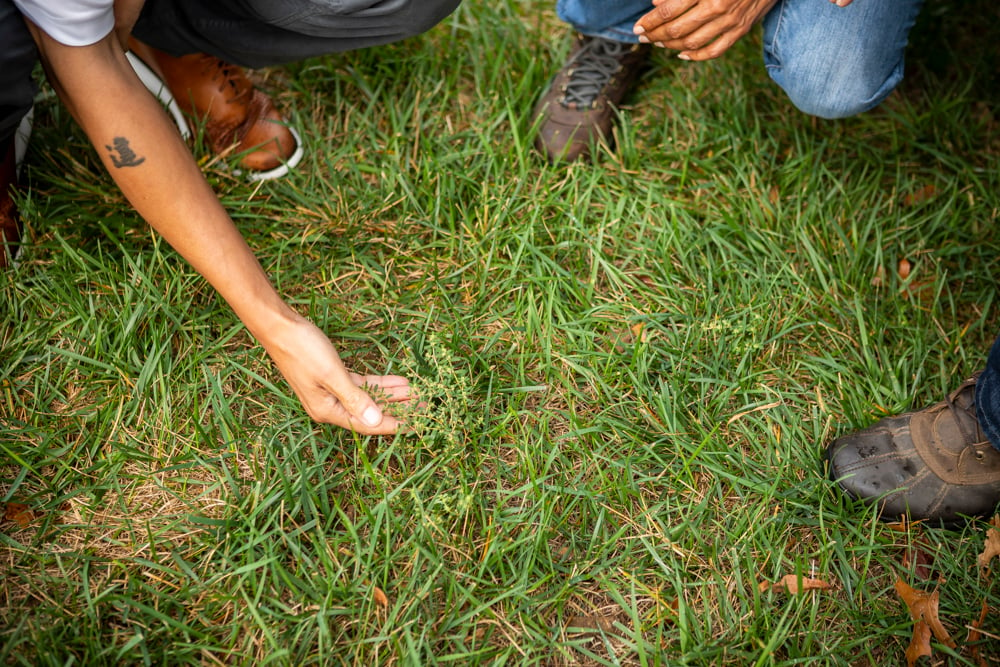 Understanding how to kill weeds in lawns means knowing which weeds are able to be controlled before they emerge and which weeds need a different approach.
Understanding how to kill weeds in lawns means knowing which weeds are able to be controlled before they emerge and which weeds need a different approach.
Different Weed Types, Different Strategies
Some Central and Southern Maryland weeds are annual, while others are perennial. And there are different groups of weeds in those two categories that germinate at different times of the year. Some weed control strategies can even be applied to multiple types of weeds from different categories.
Grassy summer annual weeds like crabgrass germinate in early to mid-spring when soil temperatures reach 55 degrees, typically mid-March. These weeds continue to germinate all summer and then die out with the first frost. Grassy winter annual weeds like annual bluegrass germinate in late summer to early September. Killing grassy annual weeds means promoting a healthy lawn and using pre-emergent herbicides at the right times of year, depending on the weed.
As opposed to annual weeds, perennial weeds come back each year. Getting rid of some of these weed types can be more difficult. such as grassy perennial weeds like killinga and nutsedge.
Broadleaf perennial weeds like dandelion and clover germinate in spring and summer and are not controlled by pre-emergent herbicides. They favor lawns that don’t receive regular or adequate fertilization.
How to Kill Grassy Weeds in Lawns
Crabgrass, goosegrass and yellow foxtail are grassy weeds that are on the most wanted list for being troublesome in Central and Southern Maryland. You definitely want to get rid of these weeds.
Crabgrass is the monster of all lawn weeds. It takes extreme advantage of thin or stressed lawns where it can wiggle its way in and then flourish. Lawns without enough water, adequate nutrition or drainage are prime targets.
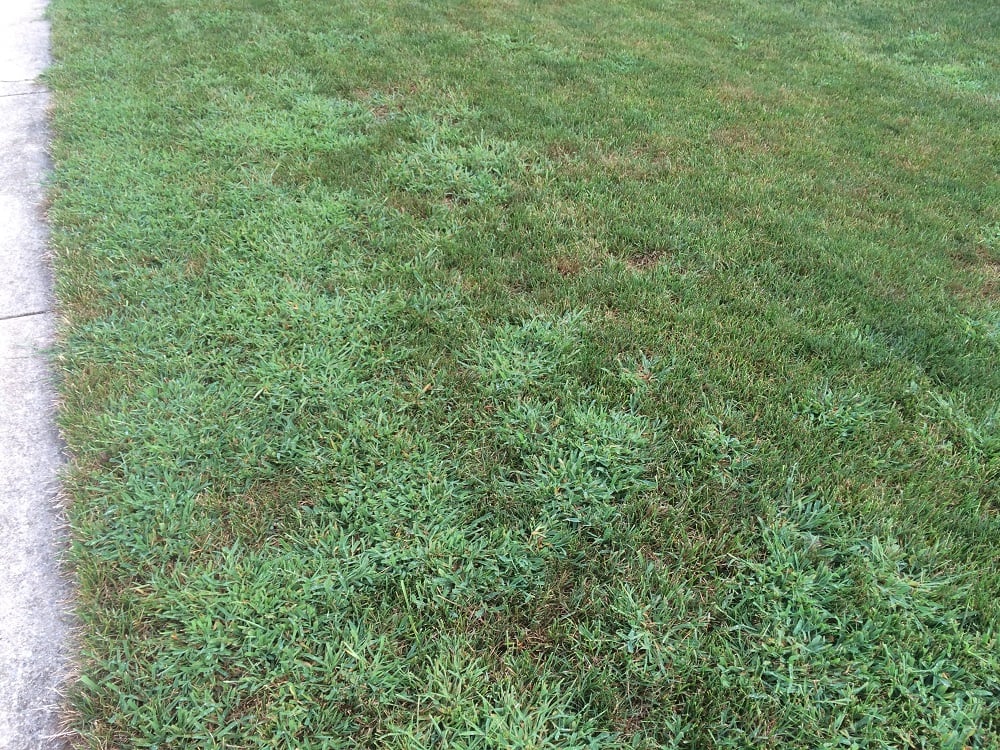 And once crabgrass gets in, it becomes aggressive. When thick crabgrass patches form, they choke out desirable grass. Then when crabgrass dies out, it leaves thin, bare areas that just fill in with more weeds later on. Each plant can actually produce over 75,000 seeds, so the problem can continue to escalate year after year.
And once crabgrass gets in, it becomes aggressive. When thick crabgrass patches form, they choke out desirable grass. Then when crabgrass dies out, it leaves thin, bare areas that just fill in with more weeds later on. Each plant can actually produce over 75,000 seeds, so the problem can continue to escalate year after year.
Goosegrass is a summer annual weed that grows well in compacted and poorly draining soil and looks a lot like crabgrass. In fact, these two weeds are often mistaken for one another. Goosegrass usually pops up in areas of the lawn that have been mowed too short. This weed also prefers compacted soil, so aeration could help get rid of this weed.
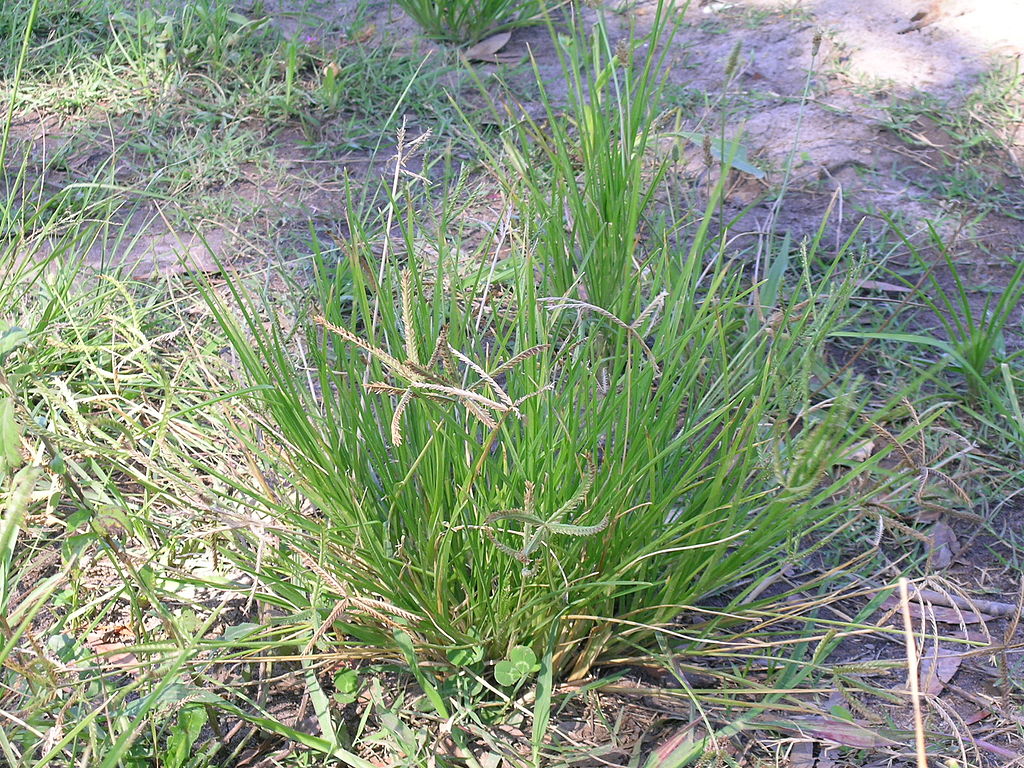 Foxtail is smaller than crabgrass and goosegrass and can be found in both moist and dry soils. Its wide, flat leaves also look a bit like crabgrass until its seed heads form in the summer.
Foxtail is smaller than crabgrass and goosegrass and can be found in both moist and dry soils. Its wide, flat leaves also look a bit like crabgrass until its seed heads form in the summer.
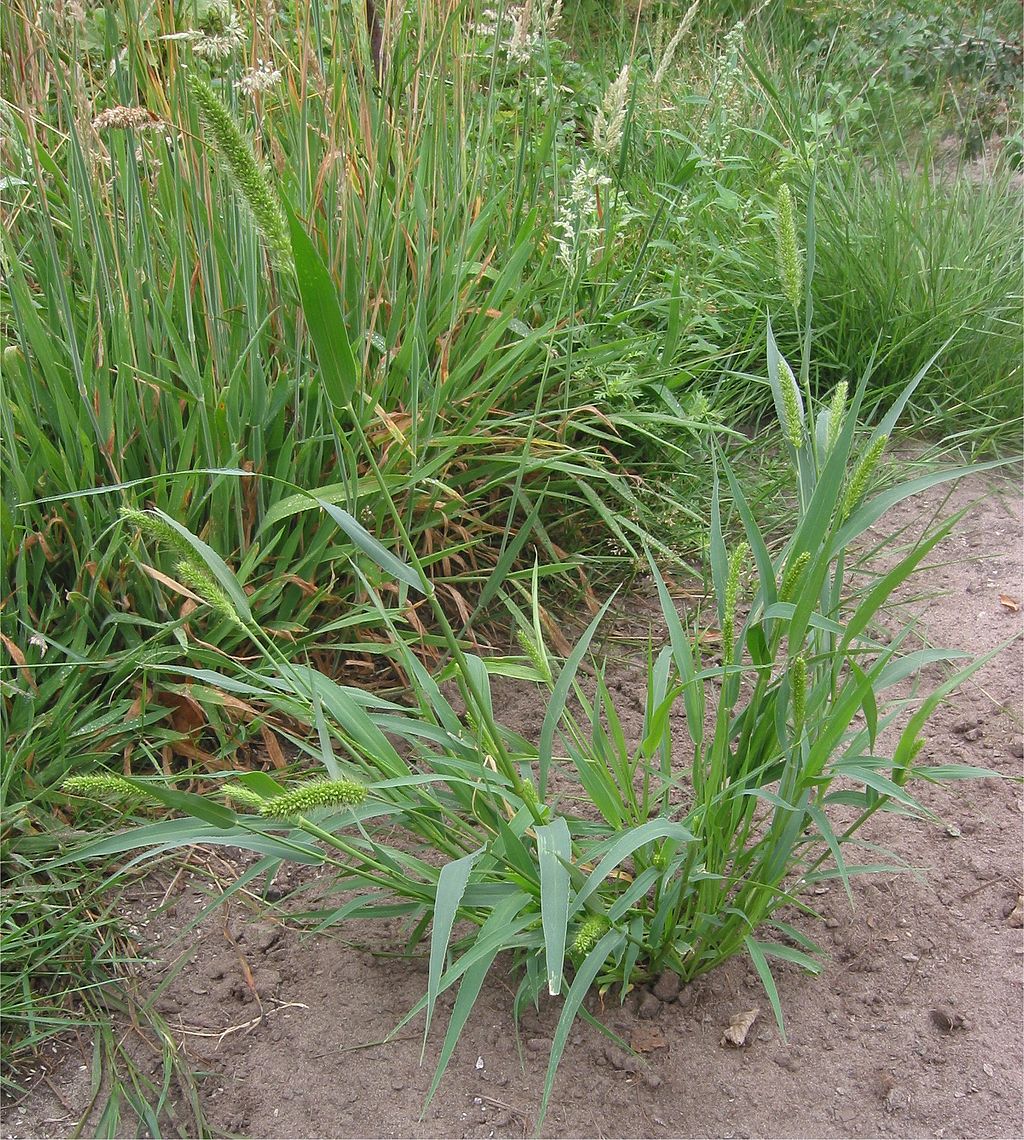
All three of these grassy summer annual weeds germinate in spring and summer and are killed by autumn’s frost. As they grow, they produce seed heads, which result in next year’s weeds.
Get rid of these weeds with pre-emergent weed control. These grassy weeds are aggressive, so stopping as many of them as possible before they start is your best defense.
First, create a thick, healthy lawn that these weed seeds can’t get through. Proper fertilization, mowing and overseeding will produce a lawn that is less susceptible to weed infestations.
To prevent these weed seeds from germinating, pre-emergent herbicides are most effective when they are applied in the spring.
Then there is that other category of weeds known as grassy perennial weeds--ones that have similarities to grassy annual weeds but come back every year, so getting rid of these weeds is important.
For a coarse-bladed, thicker grass that’s a prolific seeder like crabgrass but doesn’t spread out as much, meet dallisgrass. It grows in clumps and sticks out in a lawn because of its bunchy appearance. It tends to be a very deep-rooted weed.
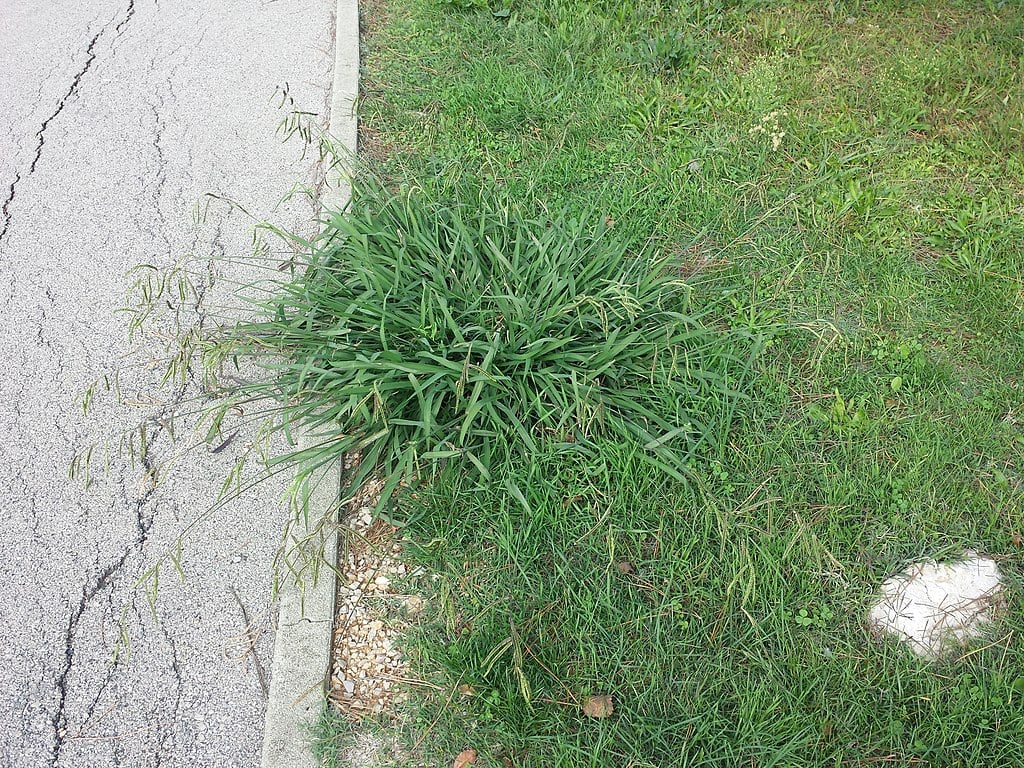
Then comes nutsedge, a grassy perennial weed that sprouts in groups of three. It grows in dry soils and shoots up fast, so you’ll notice it sticking up higher than your lawn. Within three to four days, it can be several inches taller than good grass. Nutsedge likes wet soil.
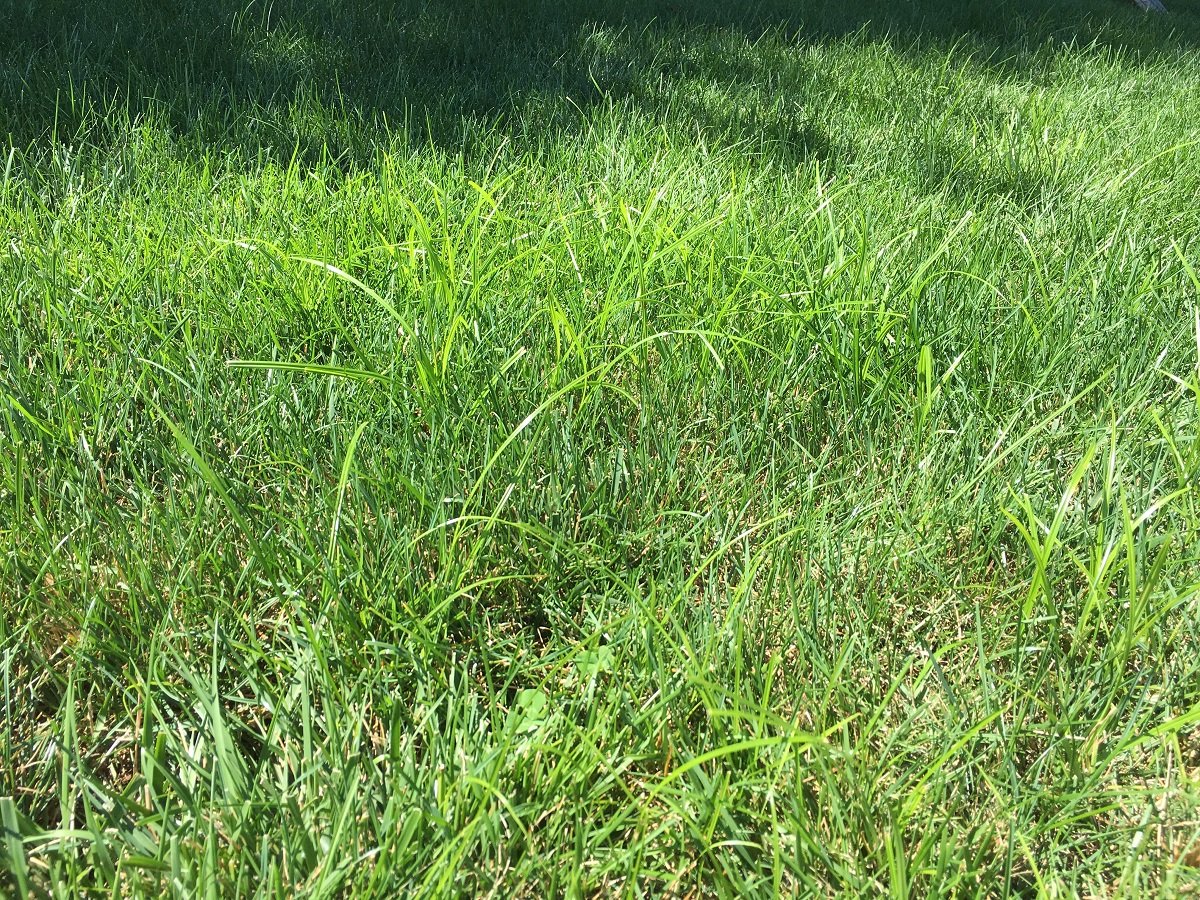 A healthy lawn is your best defense against these grassy perennial weeds, and that includes soil testing to check soil fertility, proper mowing height and frequency, fertilizing at the recommended times and fall overseeding to thicken up the lawn. When these grassy perennial weeds do emerge, post-emergent weed controls can help.
A healthy lawn is your best defense against these grassy perennial weeds, and that includes soil testing to check soil fertility, proper mowing height and frequency, fertilizing at the recommended times and fall overseeding to thicken up the lawn. When these grassy perennial weeds do emerge, post-emergent weed controls can help.
How to Kill Broadleaf Weeds in Lawns
There are a variety of weeds in the broadleaf weed category.
Some of these weeds are annual meaning they germinate and only grow through one year. However, they produce many seeds, multiplying weeds in the next year. Certain species, like chickweed and henbit, germinate from late fall through winter. Others don’t germinate until the summer, making an unsightly mess in summer and fall. Getting rid of these lawn weeds means recognizing them in the lawn and targeting them with the proper post-emergent products. Some of these weeds may be moderately controlled with pre-emergents but most need treatment after they emerge.
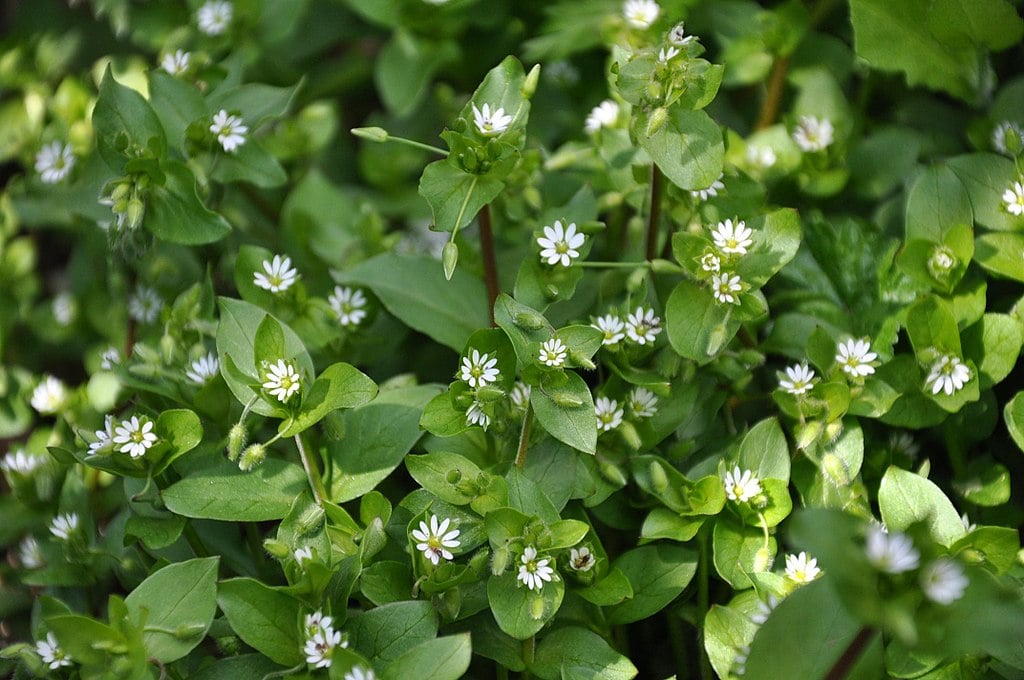 Other weeds are classified as perennial weeds. Their foliage may disappear at particular times of the year but they will reappear later. Dandelion and clover are some of the weeds in this category. Some of these weeds are easier to control than others, and each has their favorite lawn conditions to flourish in. Clover, for instance, prefers lawns grown with infrequent applications of fertilizer.
Other weeds are classified as perennial weeds. Their foliage may disappear at particular times of the year but they will reappear later. Dandelion and clover are some of the weeds in this category. Some of these weeds are easier to control than others, and each has their favorite lawn conditions to flourish in. Clover, for instance, prefers lawns grown with infrequent applications of fertilizer.
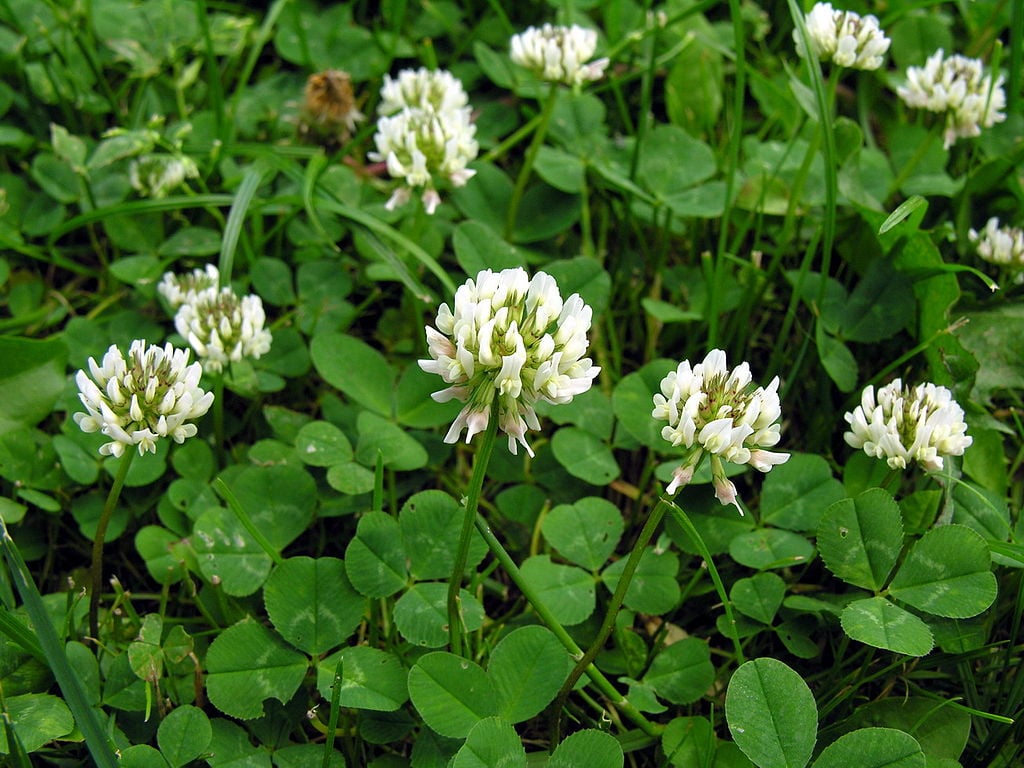 In addition to encouraging a healthy lawn, getting rid of these weeds is best done with a post-emergent herbicide applied when the weed is actively growing.
In addition to encouraging a healthy lawn, getting rid of these weeds is best done with a post-emergent herbicide applied when the weed is actively growing.
How to Kill Weeds in Lawns: A Healthy Lawn is the Best Defense
Weeds are opportunistic. They spot a lawn that lacks nutrients, isn’t draining properly, is thin and stressed and they attack without hesitation.
 A healthy lawn is one that is mowed to a 3- to 4-inch height, watered appropriately (not too much and not too little) and has the proper balance of nutrients through regular fertilization. Annual aeration can also help the lawn breath. Follow that up with overseeding and bare spots will disappear.
A healthy lawn is one that is mowed to a 3- to 4-inch height, watered appropriately (not too much and not too little) and has the proper balance of nutrients through regular fertilization. Annual aeration can also help the lawn breath. Follow that up with overseeding and bare spots will disappear.
Your mission is to create an optimum environment for grass to grow over weeds. A thick, thriving lawn has the power to repel weeds.
Ready to Get Rid of Weeds?
You want a lawn care program that focuses on year-round turf health. Since nothing crowds out weed growth like thick grass, this can help you get rid of all weeds.
 If you feel like you’re in an endless backyard battle against lawn weeds, then it might be time to partner with a pro. Finding a lawn care professional in Central and Southern Maryland that can deliver a customized approach to boost overall lawn health and get rid of lawn weeds can make a difference.
If you feel like you’re in an endless backyard battle against lawn weeds, then it might be time to partner with a pro. Finding a lawn care professional in Central and Southern Maryland that can deliver a customized approach to boost overall lawn health and get rid of lawn weeds can make a difference.
Your choice of the right plan for your lawn can mean sweeter summer memories for you. Now that you understand how killing weeds in your lawn works, you just need to put your plan into action.
Choosing Natural Green for complete, proactive lawn care services that include proper fertilization, as well as both pre-emergent and post-emergent treatments throughout the growing season, makes you the smartest neighbor on the block. It’s the best way to keep your lawn weed-free.
Is the constant effort to get rid of weeds keeping you from having a lawn you can be proud of? We’d love to learn more. Get started today with a free quote. Together, we’ll prepare a customized plan that leads you to the best choice for you and your lawn.
Image sources: goosegrass, foxtail, dallisgrass, chickweed, clover
Of all the things that can be problematic to Central and Southern Maryland lawns, weeds have got to be the worst.
A weed shows up in your lawn almost without warning as enemy No. 1. It can be tall and spiny and strange-looking, so it naturally stands out in the wrong way. And, what’s worse, many weeds travel in clumps with their friends so they seem to almost double and triple overnight. In fact, thousands of weed seeds can survive in the soil for years before they germinate and grow.
While anyone can handle a little problem here or there, weeds are instantly repulsive. And your first thought is always, “How Can I Kill These Weeds in My Lawn!?”
However, every weed is unique and some are best controlled before they emerge, while others are best controlled after. And yet others will stay at bay if you focus on boosting the lawn’s overall health. Plus, there are new products coming out all the time that can help with the troublesome weeds that do break through.
Use This Lawn Weed ID Tool to Spot Weeds in Your Lawn
And that’s where these pro tips will come in most handy when it comes to getting rid of weeds in your lawn.
Get Rid of Weeds: Know What Kind of Weed You’re Dealing With
Weeds are advantageous. They like to pop up whenever they get the chance. You don’t want those weeds emerging throughout the growing season, taking away from the overall beauty and enjoyment of your lawn.
 Understanding how to kill weeds in lawns means knowing which weeds are able to be controlled before they emerge and which weeds need a different approach.
Understanding how to kill weeds in lawns means knowing which weeds are able to be controlled before they emerge and which weeds need a different approach.
Different Weed Types, Different Strategies
Some Central and Southern Maryland weeds are annual, while others are perennial. And there are different groups of weeds in those two categories that germinate at different times of the year. Some weed control strategies can even be applied to multiple types of weeds from different categories.
Grassy summer annual weeds like crabgrass germinate in early to mid-spring when soil temperatures reach 55 degrees, typically mid-March. These weeds continue to germinate all summer and then die out with the first frost. Grassy winter annual weeds like annual bluegrass germinate in late summer to early September. Killing grassy annual weeds means promoting a healthy lawn and using pre-emergent herbicides at the right times of year, depending on the weed.
As opposed to annual weeds, perennial weeds come back each year. Getting rid of some of these weed types can be more difficult. such as grassy perennial weeds like killinga and nutsedge.
Broadleaf perennial weeds like dandelion and clover germinate in spring and summer and are not controlled by pre-emergent herbicides. They favor lawns that don’t receive regular or adequate fertilization.
How to Kill Grassy Weeds in Lawns
Crabgrass, goosegrass and yellow foxtail are grassy weeds that are on the most wanted list for being troublesome in Central and Southern Maryland. You definitely want to get rid of these weeds.
Crabgrass is the monster of all lawn weeds. It takes extreme advantage of thin or stressed lawns where it can wiggle its way in and then flourish. Lawns without enough water, adequate nutrition or drainage are prime targets.
 And once crabgrass gets in, it becomes aggressive. When thick crabgrass patches form, they choke out desirable grass. Then when crabgrass dies out, it leaves thin, bare areas that just fill in with more weeds later on. Each plant can actually produce over 75,000 seeds, so the problem can continue to escalate year after year.
And once crabgrass gets in, it becomes aggressive. When thick crabgrass patches form, they choke out desirable grass. Then when crabgrass dies out, it leaves thin, bare areas that just fill in with more weeds later on. Each plant can actually produce over 75,000 seeds, so the problem can continue to escalate year after year.
Goosegrass is a summer annual weed that grows well in compacted and poorly draining soil and looks a lot like crabgrass. In fact, these two weeds are often mistaken for one another. Goosegrass usually pops up in areas of the lawn that have been mowed too short. This weed also prefers compacted soil, so aeration could help get rid of this weed.
 Foxtail is smaller than crabgrass and goosegrass and can be found in both moist and dry soils. Its wide, flat leaves also look a bit like crabgrass until its seed heads form in the summer.
Foxtail is smaller than crabgrass and goosegrass and can be found in both moist and dry soils. Its wide, flat leaves also look a bit like crabgrass until its seed heads form in the summer.

All three of these grassy summer annual weeds germinate in spring and summer and are killed by autumn’s frost. As they grow, they produce seed heads, which result in next year’s weeds.
Get rid of these weeds with pre-emergent weed control. These grassy weeds are aggressive, so stopping as many of them as possible before they start is your best defense.
First, create a thick, healthy lawn that these weed seeds can’t get through. Proper fertilization, mowing and overseeding will produce a lawn that is less susceptible to weed infestations.
To prevent these weed seeds from germinating, pre-emergent herbicides are most effective when they are applied in the spring.
Then there is that other category of weeds known as grassy perennial weeds--ones that have similarities to grassy annual weeds but come back every year, so getting rid of these weeds is important.
For a coarse-bladed, thicker grass that’s a prolific seeder like crabgrass but doesn’t spread out as much, meet dallisgrass. It grows in clumps and sticks out in a lawn because of its bunchy appearance. It tends to be a very deep-rooted weed.

Then comes nutsedge, a grassy perennial weed that sprouts in groups of three. It grows in dry soils and shoots up fast, so you’ll notice it sticking up higher than your lawn. Within three to four days, it can be several inches taller than good grass. Nutsedge likes wet soil.
 A healthy lawn is your best defense against these grassy perennial weeds, and that includes soil testing to check soil fertility, proper mowing height and frequency, fertilizing at the recommended times and fall overseeding to thicken up the lawn. When these grassy perennial weeds do emerge, post-emergent weed controls can help.
A healthy lawn is your best defense against these grassy perennial weeds, and that includes soil testing to check soil fertility, proper mowing height and frequency, fertilizing at the recommended times and fall overseeding to thicken up the lawn. When these grassy perennial weeds do emerge, post-emergent weed controls can help.
How to Kill Broadleaf Weeds in Lawns
There are a variety of weeds in the broadleaf weed category.
Some of these weeds are annual meaning they germinate and only grow through one year. However, they produce many seeds, multiplying weeds in the next year. Certain species, like chickweed and henbit, germinate from late fall through winter. Others don’t germinate until the summer, making an unsightly mess in summer and fall. Getting rid of these lawn weeds means recognizing them in the lawn and targeting them with the proper post-emergent products. Some of these weeds may be moderately controlled with pre-emergents but most need treatment after they emerge.
 Other weeds are classified as perennial weeds. Their foliage may disappear at particular times of the year but they will reappear later. Dandelion and clover are some of the weeds in this category. Some of these weeds are easier to control than others, and each has their favorite lawn conditions to flourish in. Clover, for instance, prefers lawns grown with infrequent applications of fertilizer.
Other weeds are classified as perennial weeds. Their foliage may disappear at particular times of the year but they will reappear later. Dandelion and clover are some of the weeds in this category. Some of these weeds are easier to control than others, and each has their favorite lawn conditions to flourish in. Clover, for instance, prefers lawns grown with infrequent applications of fertilizer.
 In addition to encouraging a healthy lawn, getting rid of these weeds is best done with a post-emergent herbicide applied when the weed is actively growing.
In addition to encouraging a healthy lawn, getting rid of these weeds is best done with a post-emergent herbicide applied when the weed is actively growing.
How to Kill Weeds in Lawns: A Healthy Lawn is the Best Defense
Weeds are opportunistic. They spot a lawn that lacks nutrients, isn’t draining properly, is thin and stressed and they attack without hesitation.
 A healthy lawn is one that is mowed to a 3- to 4-inch height, watered appropriately (not too much and not too little) and has the proper balance of nutrients through regular fertilization. Annual aeration can also help the lawn breath. Follow that up with overseeding and bare spots will disappear.
A healthy lawn is one that is mowed to a 3- to 4-inch height, watered appropriately (not too much and not too little) and has the proper balance of nutrients through regular fertilization. Annual aeration can also help the lawn breath. Follow that up with overseeding and bare spots will disappear.
Your mission is to create an optimum environment for grass to grow over weeds. A thick, thriving lawn has the power to repel weeds.
Ready to Get Rid of Weeds?
You want a lawn care program that focuses on year-round turf health. Since nothing crowds out weed growth like thick grass, this can help you get rid of all weeds.
 If you feel like you’re in an endless backyard battle against lawn weeds, then it might be time to partner with a pro. Finding a lawn care professional in Central and Southern Maryland that can deliver a customized approach to boost overall lawn health and get rid of lawn weeds can make a difference.
If you feel like you’re in an endless backyard battle against lawn weeds, then it might be time to partner with a pro. Finding a lawn care professional in Central and Southern Maryland that can deliver a customized approach to boost overall lawn health and get rid of lawn weeds can make a difference.
Your choice of the right plan for your lawn can mean sweeter summer memories for you. Now that you understand how killing weeds in your lawn works, you just need to put your plan into action.
Choosing Natural Green for complete, proactive lawn care services that include proper fertilization, as well as both pre-emergent and post-emergent treatments throughout the growing season, makes you the smartest neighbor on the block. It’s the best way to keep your lawn weed-free.
Is the constant effort to get rid of weeds keeping you from having a lawn you can be proud of? We’d love to learn more. Get started today with a free quote. Together, we’ll prepare a customized plan that leads you to the best choice for you and your lawn.
Image sources: goosegrass, foxtail, dallisgrass, chickweed, clover


